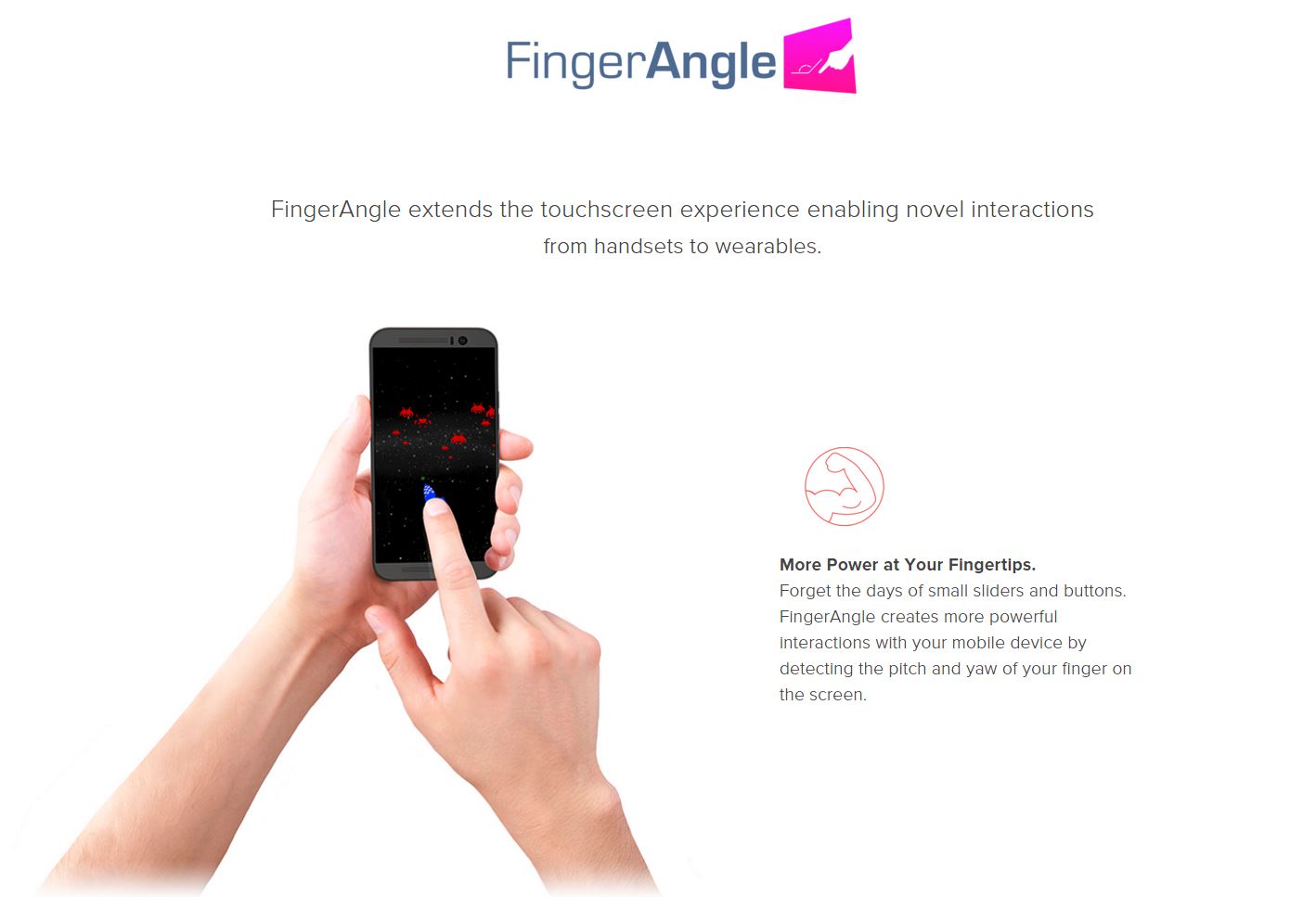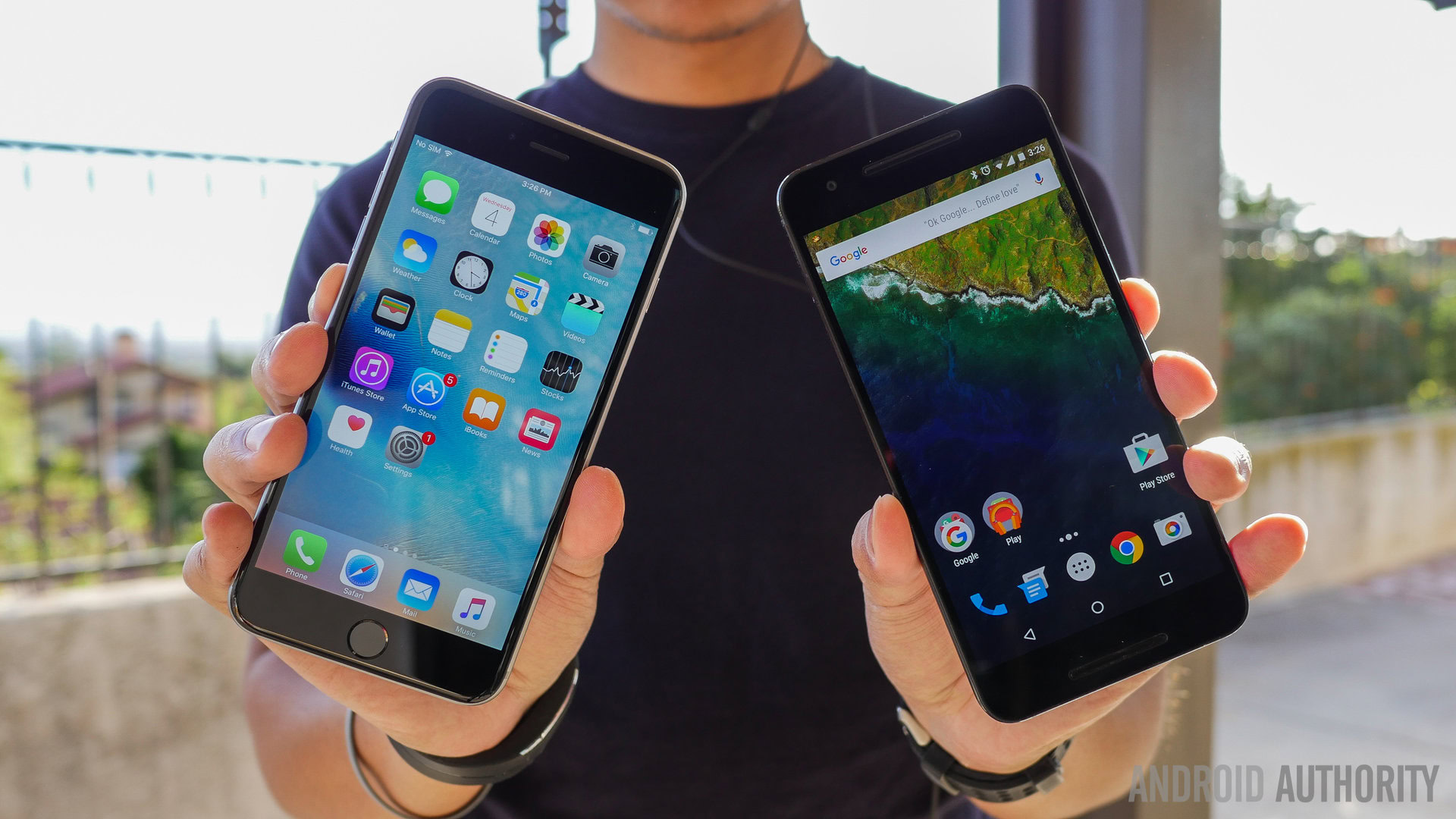Affiliate links on Android Authority may earn us a commission. Learn more.
Qeexo showcases actual 3D touch technology

Last summer, Qeexo demonstrated their software’s ability to recognize different parts of the hand. This year they’re bringing us true 3D touch.
Let me back up a bit. Remember that time when Apple publicly showcased a “new” feature arriving to iPhones that bewildered Android users who had been using a similar feature for years? You might be thinking of voice commands, or widgets, or third party keyboards, or multitasking, or interactive notifications, but what I’m talking about is pressure-sensitive touchscreens.

I’m no app developer, but I remember playing around with the Android SDK all the way back in 2012 and tinkering with the touchscreen pressure sensitivity. It turns out that Android has had pressure detection since at least 2009, which was Eclaire. The reason nobody made much use of it was because it was deemed pretty counterintuitive by the development community at large. Swiping and multitouch made a lot more sense, but the capability remained update after update. Your Android device has always known how hard you were pressing on it.
So yeah, my right eyebrow elevated quite a bit when I first saw the ad for the iPhone 6s showcasing “3D Touch,” a name for pressure sensitivity that has literally nothing to do with three dimensions.
The jury remains out the usability of “3D Touch,” but some innovators have decided to build some technology that actually fits this horribly misappropriated name.
Qeexo is a company that seems obsessed with making our interaction with our devices more intuitive and intelligent. In this demonstration, they present technology that allows an Android device’s screen to determine the yaw and pitch of the finger touching it in three dimensions. Actual 3D touch.
It’s pretty incredible stuff. Their previous push made an Android screen aware of knuckles and nails, but without an evolutionary precursor to align with these innovations, the use of part-specific hand recognition technology remained as abstract and mechanical as the iPhone’s pressure sensitivity.
The touch screen has precedence, after all, in finger painting. In drawing in the sand. It’s a communicative tool as old as cave paintings. Pressure sensitivity and fingernail touches have no such original language. However, the twisting and pointing that Qeexo plays with in their video are incredibly intuitive. If someone asks you “Which way did he go?” using your finger to symbolize a vector in 3D space is a natural reaction. In the same way, maybe this actual 3D touch might just catch on.
What do you think? Potential game changer or gimmick without a cause? Let us know in the comments!